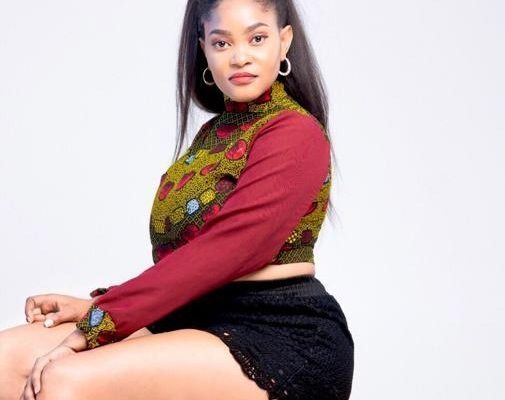
Music nowadays is more diverse than ever. Due to the freer means of distribution afforded by the internet, underappreciated genres and artists from all over the world are finally getting their time in the limelight. Indeed, streaming platforms such as Spotify and Apple Music have changed the game. The Guardian details that while mainstream pop artists are becoming more successful thanks to streaming platforms, the success has apparently trickled down to even more niche music such as Danish cloud rap.
One such genre that has been thrust back into the mainstream consciousness is Afrobeat. What’s interesting about Afrobeat is that despite its relatively obscure global reputation, it’s actually influenced modern music as a whole. If you’re interested in this and want to know more, read on for a brief discussion on the rise and evolution of Afrobeat!
Origin of Afrobeat
Now, this is where it gets a little confusing for some. One thing you have to understand from the get-go is that Afrobeat and Afrobeats are two entirely different genres. Teen Vogue states that Afrobeat is party music that became popular in the 2000s and can be traced back to West African origins. This genre is a combination of influences ranging from hip-hop to Jamaican dancehall music. Afrobeat, on the other hand, originated from Nigeria and was at its peak in the 1960s to the 1970s. And if we’re to pick out one key figure that you can attribute the genre meteoric rise to it would be the one and only Fela Kuti.
Fela combined funk that was predominantly associated with Western artists such as James Brown and Earth, Wind & Fire and added elements of West African dance music — creating a new genre in itself. To call Fela a visionary is an understatement, as it wouldn’t be an exaggeration to say that he paved the way for generations of artists that would come after him. As a testament to his monumental contributions to culture Fela is glorified in his home country. Despite being a staunch critic of the government of Nigeria, the country has since converted Fela’s artist commune, the Kalkuta Republic, into a museum that contains his belongings including his iconic multi-colored saxophone.
Modern Afrobeat

Thanks to Fela’s contribution to music, Afrobeat would soon find its way to Western shores. Today, artists such as Erykah Badu have elements of Afrobeat in their music. Another artist that leaned into the use of Afrobeat elements was David Byrne of the Talking Heads. Byrne was one of the first to figure out that the beat-heavy Afrobeat genre blended well with classic ‘70s rock, especially with how he uses the Boss DM-2W Delay pedal for his crisp tone and style. Afrobeat was so important to Byrne and the Talking Heads that they even used Fela’s album Afrodisiac as a template for their album Remain in Light.
This is multicultural approach to music is consistent with Byrne’s other work, as he’s talked about how musical cultures interact with one another in his book How Music Works. Contemporary artists such as Hyphen seamlessly blend elements of Afrobeat with local Mangaje sounds, making something entirely different and pushing the genre into the future.














